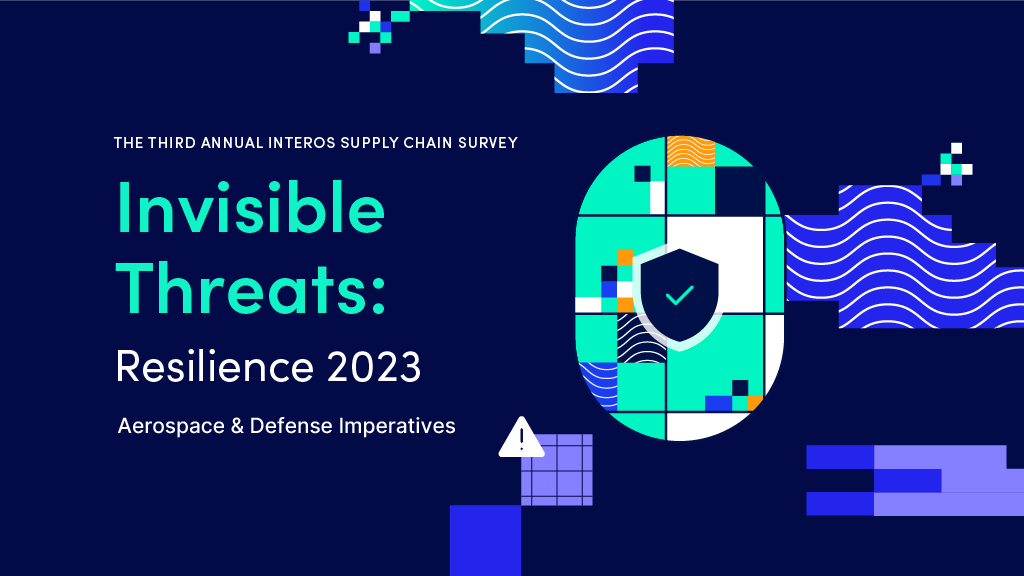A new report from Interos explores the continued geopolitical uncertainty between China and Taiwan, and how a Chinese invasion of Taiwan would impact global supply chains. The report, which can be downloaded below, specifically highlights the global semiconductor market that relies heavily on Taiwan.
Key takeaways from the report include:
- Taiwan’s independent status is at risk – China has claimed sovereignty over Taiwan ever since its foundation in 1950 and regards it as a rebel region that must be reunited with the mainland, by military force if required.
- Concerns about a Chinese invasion of Taiwan have intensified in recent years, with both China and the U.S. seeing it as an increasingly vital asset and stepping up their military activities in the area.
- Russia’s invasion of Ukraine, and China’s close strategic partnership with Russia, have added to fears that the Chinese could seize this opportunity to invade Taiwan.
- As well as its exposure to geopolitical risk, Taiwan is also susceptible to major earthquakes and volcanic activity, because of its location on the Pacific Ring of Fire.
The report includes context to understand the full supply chain impact of China invading Taiwan. This includes the history of military conflict between China and Japan, the global dependence on Taiwan for semiconductors, the possible fallout a conflict could have in the Asia-Pacific region, and what companies should do today to prepare contingency plans and continually monitor their supply chains.
Read now. Then, to learn more about how Interos can help you protect your supply chain from the impact of an invasion, visit interos.ai.




